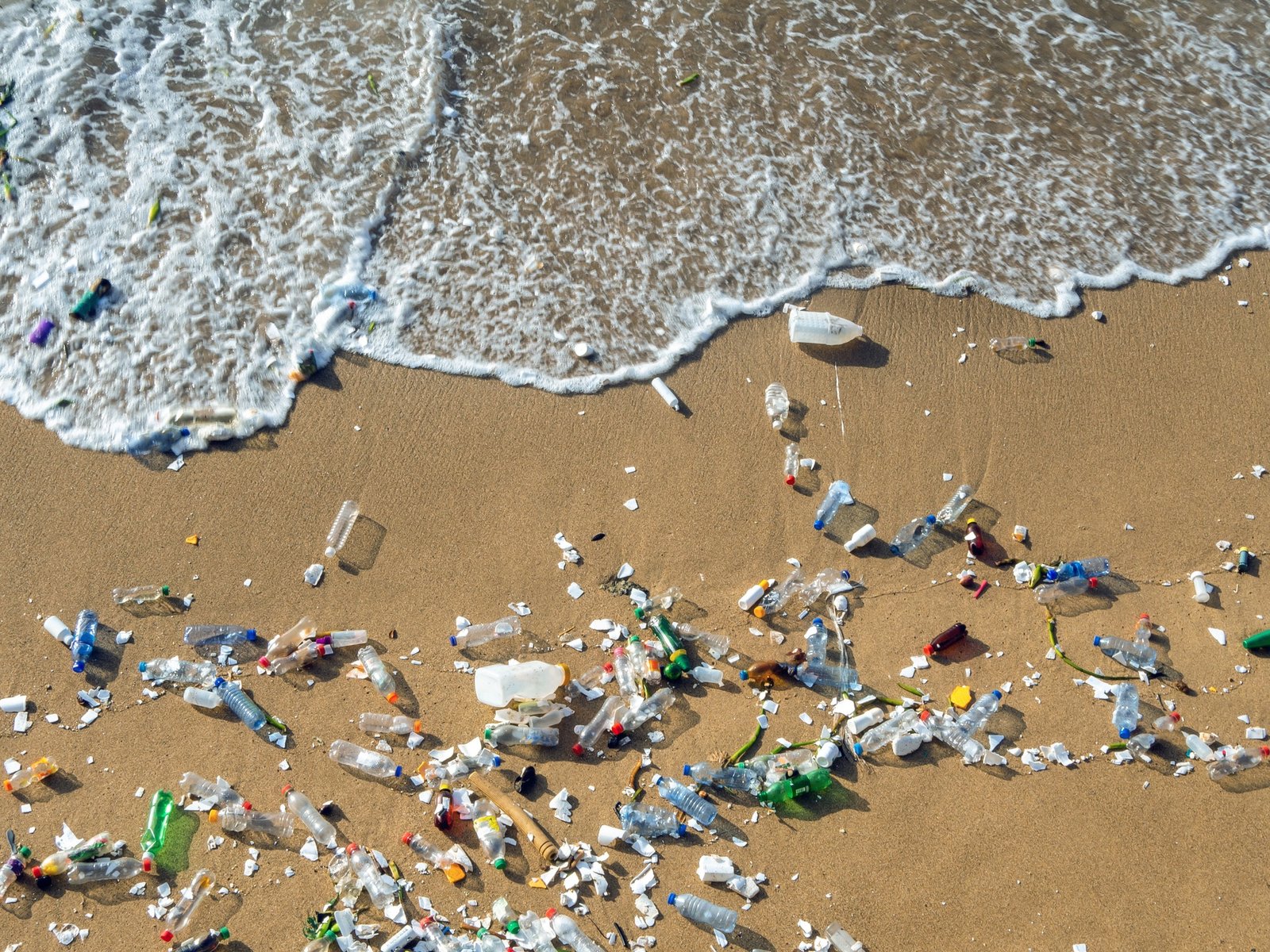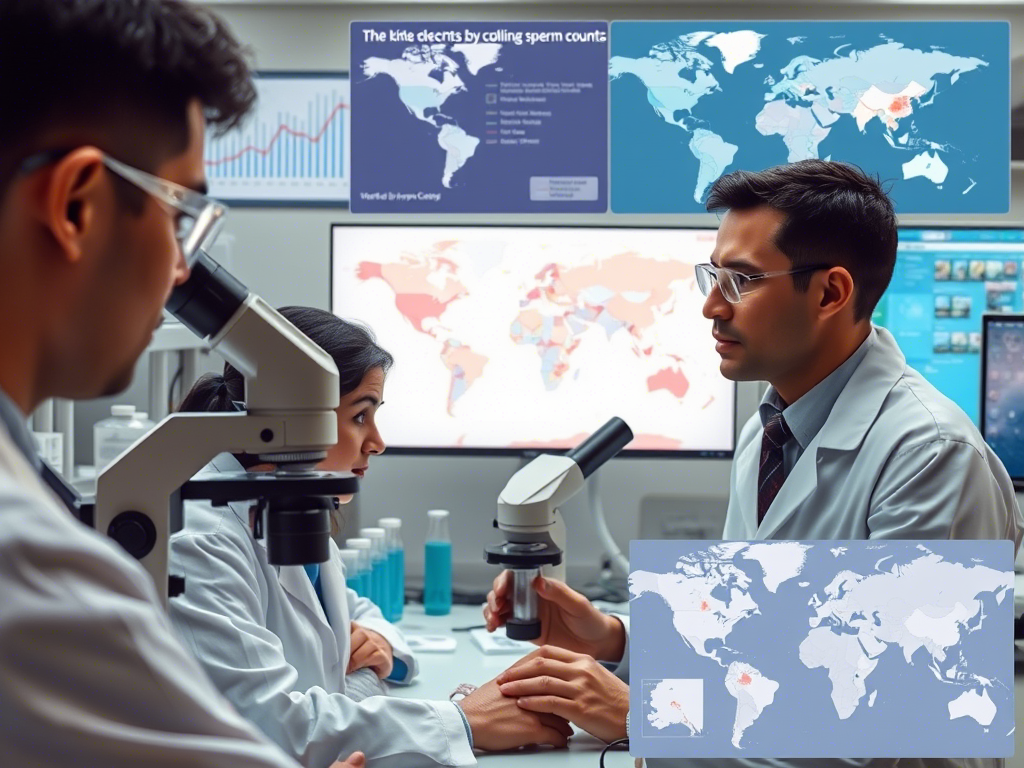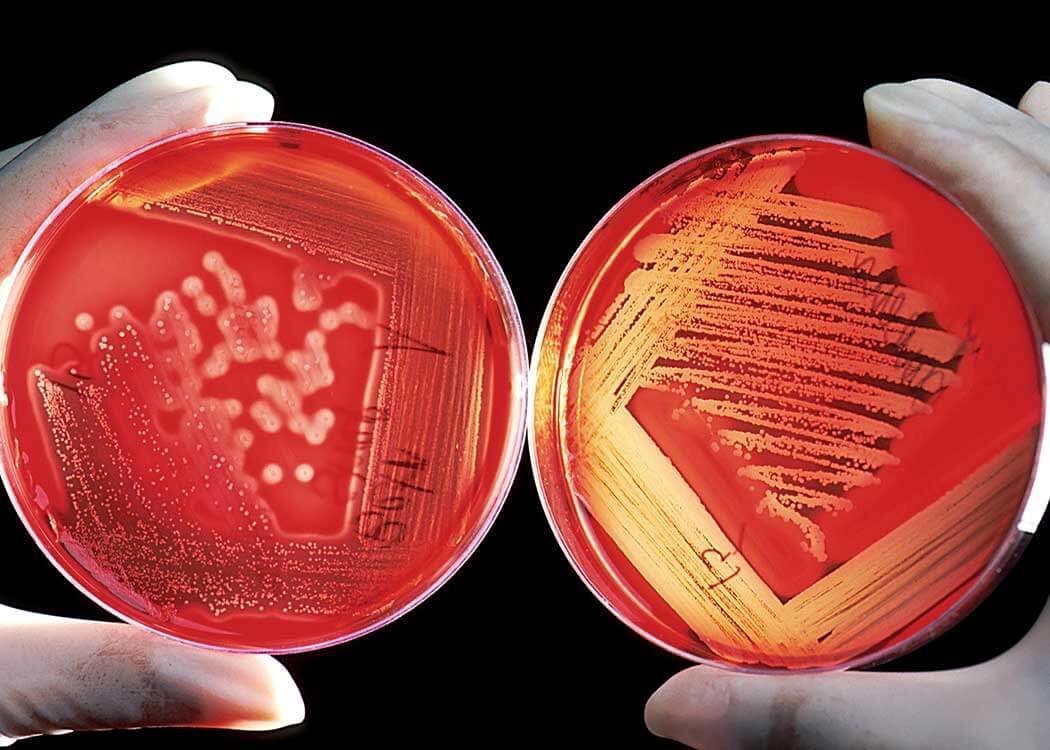Plastic pollution has become one of the most pressing environmental challenges of our time. The durability that makes plastics so useful also means they persist in the environment, leading to significant ecological harm. Traditional recycling methods have struggled to keep pace with the growing volume of plastic waste, often being inefficient, costly, or environmentally detrimental. However, a recent breakthrough by scientists at Northwestern University offers a promising solution: a simple, inexpensive catalyst combined with ambient air to effectively break down plastics.
The Northwestern team focused on polyethylene terephthalate (PET), a common plastic found in items like water bottles and clothing fibers. They developed a method using a molybdenum-based catalyst supported by activated carbon. This combination facilitates the breakdown of PET when exposed to heat and ambient air. Notably, the process harnesses moisture from the air, eliminating the need for additional solvents or complex procedures.
In their experiments, the researchers mixed PET with the molybdenum catalyst and activated carbon, then heated the mixture. Within just four hours, they achieved a 94% conversion of PET into terephthalic acid (TPA), a valuable monomer used in producing new PET products. This high efficiency underscores the potential of the method for large-scale applications.
This innovative approach offers several significant benefits:
• Simplicity and Cost-Effectiveness: The use of an inexpensive catalyst and the reliance on ambient air make the process accessible and scalable.
• Environmental Friendliness: The method is solvent-free and non-toxic, reducing the environmental footprint associated with plastic recycling.
• Upcycling Potential: Converting waste PET into high-quality TPA allows for the production of new, valuable materials, promoting a circular economy.
Traditional mechanical recycling of plastics often results in downgraded materials with inferior properties, limiting their reuse. Chemical recycling methods can be energy-intensive and may involve hazardous chemicals. In contrast, the Northwestern method offers a more sustainable alternative by efficiently breaking down PET into its original monomers without harmful by-products.
While the laboratory results are promising, scaling this technology for industrial applications presents challenges. Ensuring the durability and recyclability of the catalyst, optimizing reaction conditions for larger volumes, and integrating the process into existing waste management systems are areas requiring further research. Additionally, assessing the economic viability and potential environmental impacts at scale is crucial.
This breakthrough aligns with global efforts to address plastic pollution by providing a method that not only mitigates waste but also contributes to resource recovery. By transforming plastic waste into valuable raw materials, such technologies can reduce reliance on virgin resources and decrease the environmental impact of plastic production.
The development of a simple, inexpensive catalyst that uses ambient air to break down PET represents a significant advancement in plastic recycling technology. By offering an efficient, environmentally friendly, and economically viable method for plastic degradation, this innovation holds the potential to revolutionize how we manage plastic waste and move towards a more sustainable future.



